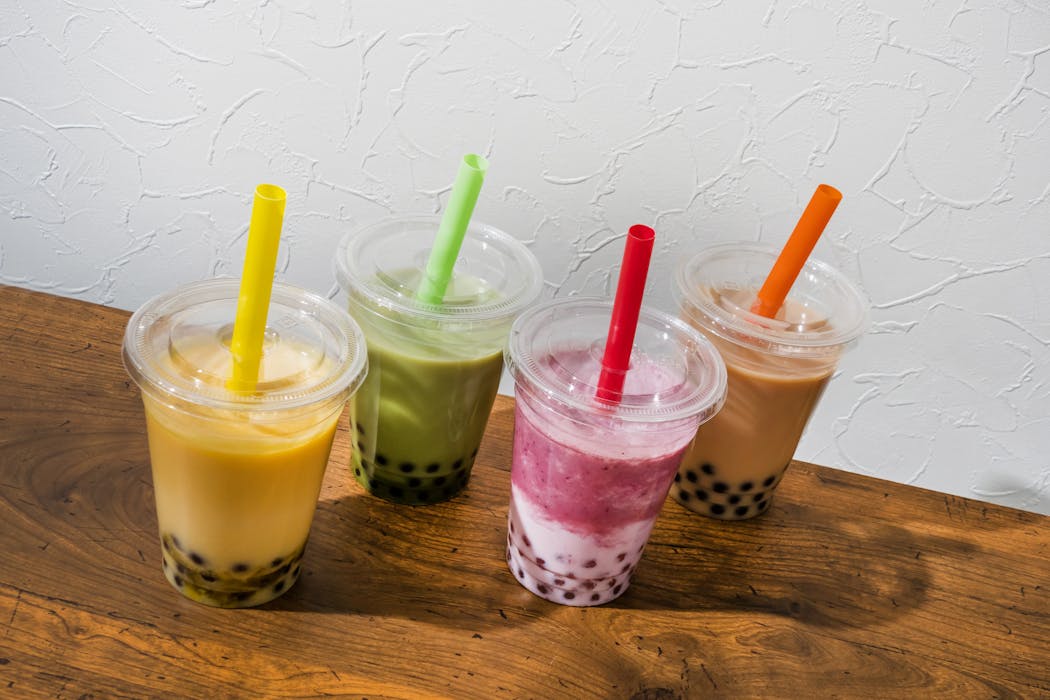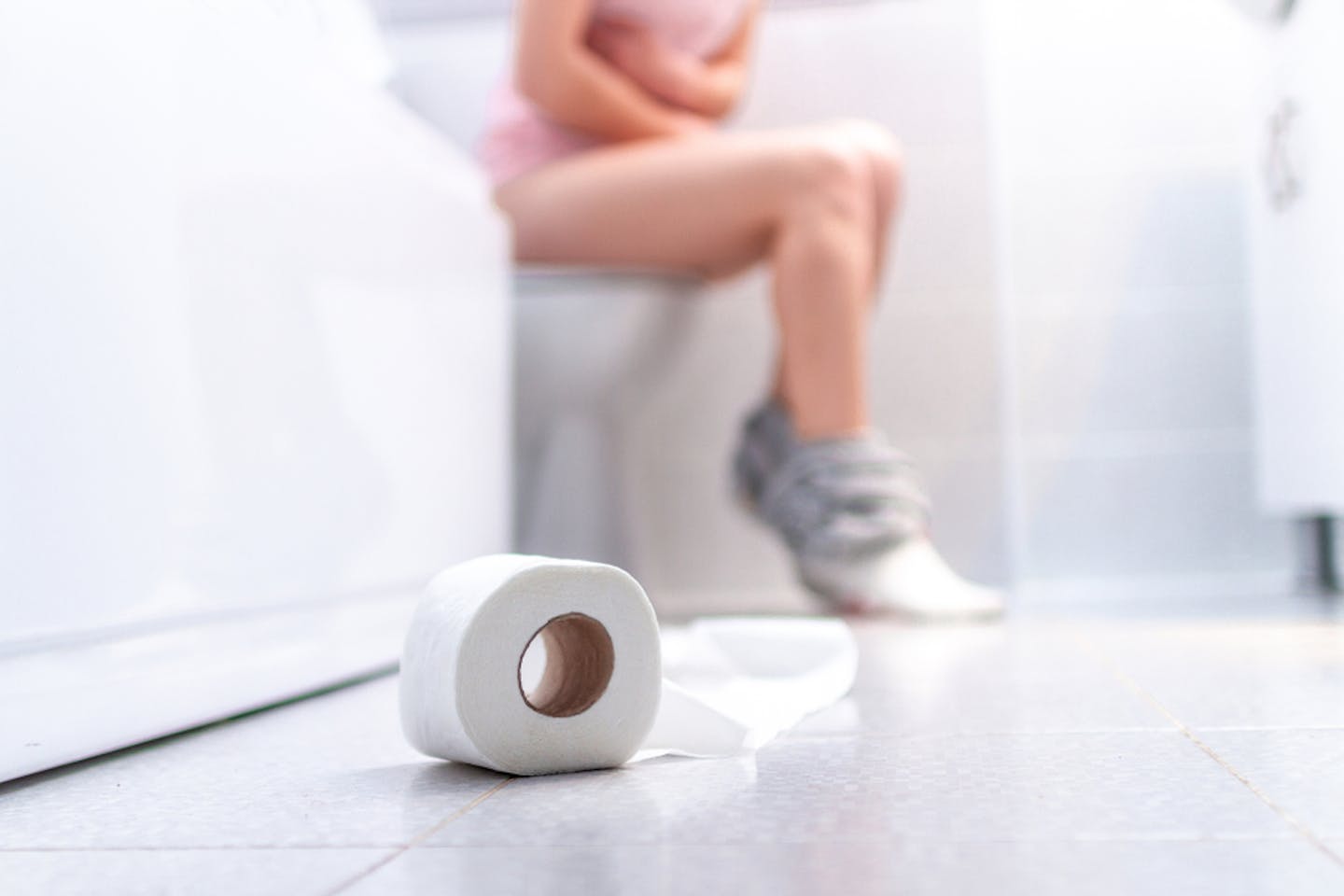
They’ve become as ubiquitous on British high streets as coffee shops – bubble tea outlets offering their Instagram-worthy drinks in countless flavour combinations. The Taiwanese beverage, a blend of black tea, milk, sugar and chewy tapioca pearls, has gained global popularity since its origins in the 1980s. But recent findings suggest this trendy drink may warrant closer scrutiny.
A Consumer Reports investigation revealed high lead levels in some bubble tea products in the US, echoing previous concerns about cassava-based foods. (No equivalent UK testing has been published.) The tapioca pearls – those signature “bubbles” – are made from cassava starch, and the root vegetable readily absorbs lead and other heavy metals from soil as it grows.
The tapioca pearls also pose other risks beyond contamination. Their starchy composition means that consuming large quantities can slow stomach emptying – a condition called gastroparesis – or, in some cases, lead to complete blockages.
Both can cause nausea, vomiting and abdominal pain, and symptoms can be particularly severe in people who already have slow-moving digestion. Even guar gum — a thickener often added to bubble tea and harmless in small amounts – can lead to constipation if you drink it often.
The drink’s composition also affects kidney health. In 2023, Taiwanese doctors removed over 300 kidney stones from a 20-year-old woman who’d been drinking bubble tea instead of water. Certain components, including oxalate and elevated phosphate levels, can contribute to stone formation. However, this extreme case probably reflects exceptionally high consumption.
For children, the risks are more immediate. The pearls can be a choking hazard – a risk that is well documented by paediatricians. Adults are not immune to this risk. According to media reports in Singapore, a 19-year-old woman died after inhaling three pearls when sucking harder on a partially blocked straw, while another woman narrowly avoided the same fate thanks to fast-acting bystanders.

The sugar problem
The sugar content raises longer-term health concerns. Most bubble teas contain 20–50g of sugar, comparable to or exceeding a can of Coca-Cola (35g). Research in Taiwan found that by age nine, children who regularly consumed bubble tea were 1.7 times more likely to have cavities in their permanent teeth.
In California, the drink is considered a contributing factor to the youth obesity epidemic, yet many young adults remain unaware of these risks. The high sugar and fat content increases the likelihood of developing type 2 diabetes, obesity and metabolic disease, while prolonged consumption may contribute to fatty liver disease – outcomes associated with any high-sugar product that spikes blood glucose and promotes fat storage in the liver.
Perhaps most surprisingly, emerging research suggests potential mental health implications. Studies of Chinese children who frequently consume bubble tea show an association with increased rates of anxiety and depression. Similar patterns appear in adults: research on Chinese nurses found that regular bubble tea consumption was associated with anxiety, depression, fatigue, job burnout and reduced wellbeing, even after controlling for other factors. The same study linked lower consumption to reduced thoughts of suicide, though establishing causation remains complex.
Strange scans
There’s even a curious medical phenomenon associated with consuming bubble tea: tapioca pearls appearing on scans of patients admitted for unrelated emergencies.
Doctors treating people after car accidents or with appendicitis have found dozens of pearls visible in stomachs and digestive tracts. These can occasionally cause diagnostic confusion, as they appear denser than the surrounding tissues and have stone-like properties similar to those seen with kidney- or gallstones.
This doesn’t mean bubble tea should be banned, but it does suggest we treat it as an occasional indulgence instead of a daily habit. And if you do indulge, consider skipping a straw. Drinking directly from the cup gives you better control, and allows your mouth’s sensory receptors to properly prepare for what’s coming.
This article is republished from The Conversation, a nonprofit, independent news organization bringing you facts and trustworthy analysis to help you make sense of our complex world. It was written by: Adam Taylor, Lancaster University
Read more:
- How diamonds, gold and platinum became medical gamechangers
- Weird and wonderful things lost then found inside the human body
- Fascia: the most neglected part of our body is finally starting to receive attention
Adam Taylor does not work for, consult, own shares in or receive funding from any company or organisation that would benefit from this article, and has disclosed no relevant affiliations beyond their academic appointment.


 The Conversation
The Conversation
 KTVN
KTVN AlterNet
AlterNet People Human Interest
People Human Interest NBC10 Boston
NBC10 Boston ABC News
ABC News @MSNBC Video
@MSNBC Video ABC 7 Chicago Politics
ABC 7 Chicago Politics